Digital Privacy and Aadhaar Linkage: Where the Supreme Court Stands Now
- ByAdmin --
- 30 Jun 2025 --
- 0 Comments
As India advances deeper into the digital age, the debate over digital privacy and the mandatory linkage of Aadhaar to various services continues to test the boundaries of constitutional protections. At the heart of this tension is the question: how much personal data can the State demand in exchange for access to welfare, taxation, or identity services?
The Supreme Court has played a decisive role in shaping the legal understanding of privacy, Aadhaar’s scope, and the rights of individuals in the digital era. Here's where the Court currently stands on the matter—and what remains unresolved.
The Foundation: Right to Privacy as a Fundamental Right
In a landmark judgment, the Court declared privacy as a fundamental right, intrinsic to the right to life and personal liberty. This ruling laid the groundwork for examining the Aadhaar project through a constitutional lens.
It clarified that:
- The right to privacy is enforceable against the State.
- Any intrusion must meet the tests of legality, necessity, and proportionality.
- Personal autonomy, data control, and informational privacy are constitutionally protected.
Aadhaar Verdict: Balancing Welfare and Privacy
The Aadhaar judgment upheld the constitutionality of the Aadhaar Act but placed significant restrictions on its use.
Key highlights:
- Aadhaar can be mandated for receiving subsidies and welfare benefits.
- It cannot be made compulsory for services such as mobile phone connections, private bank accounts, or school admissions.
- The Court struck down Section 57 of the Aadhaar Act that allowed private entities to demand Aadhaar authentication.
- It emphasized data security, limited data retention, and safeguards against misuse of biometric information.
The ruling attempted to strike a balance between the State’s interest in targeted welfare delivery and the individual’s right to informational privacy.
Recent Judicial Observations and Developments
- Despite the Aadhaar judgment, concerns persist over backdoor mandates through rules, policies, and government notifications.
- In tax-related matters, PAN-Aadhaar linkage has been upheld as valid and essential for ensuring compliance.
- Courts have reiterated that Aadhaar cannot become a tool for mass surveillance, nor should it replace alternative IDs in every setting.
Ongoing petitions are challenging newer instances of forced linkage and expanded use, especially in the digital finance and education sectors.
Privacy in the Digital Age: Broader Challenges
- The digital landscape is rapidly evolving with AI, fintech, health data tracking, and e-governance.
- The absence of a comprehensive data protection law means Aadhaar remains a key test case for how the State handles citizens' data.
- The proposed Digital Personal Data Protection (DPDP) Bill is under judicial and public scrutiny for its exemptions to the government.
Where the Court Stands Now
- The Court maintains a watchdog role, ensuring that Aadhaar is not used beyond what is legally permitted.
- It has made it clear that privacy is not an absolute right, but any limitation must be justified, minimal, and legally sanctioned.
- The judiciary is expected to revisit Aadhaar-related issues as new digital policies and technologies emerge.
Conclusion
The Supreme Court has tried to create a constitutional framework that allows the Aadhaar system to function without eroding privacy rights. However, implementation gaps, regulatory grey zones, and expanding State access to personal data keep raising red flags.
As India moves toward becoming a data-driven economy, the Court’s future rulings will be crucial in defining how digital identity and privacy can coexist in a democratic setup. The balance between governance and rights remains delicate—and constantly evolving.

























































































































































































































































































































































































































































































































































































































































































































































































































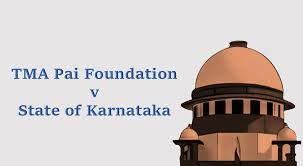


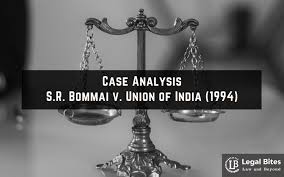





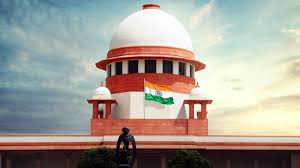


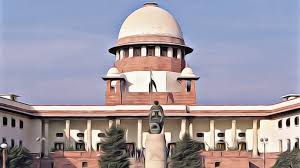

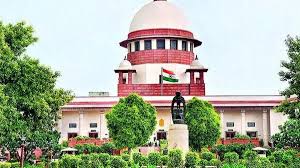









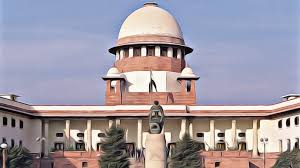




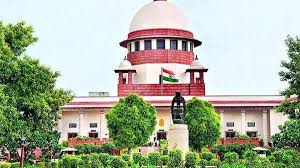



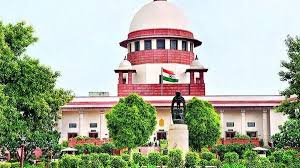
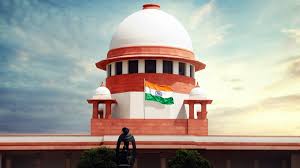



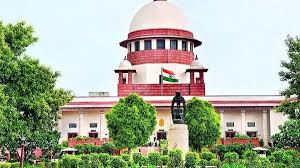
















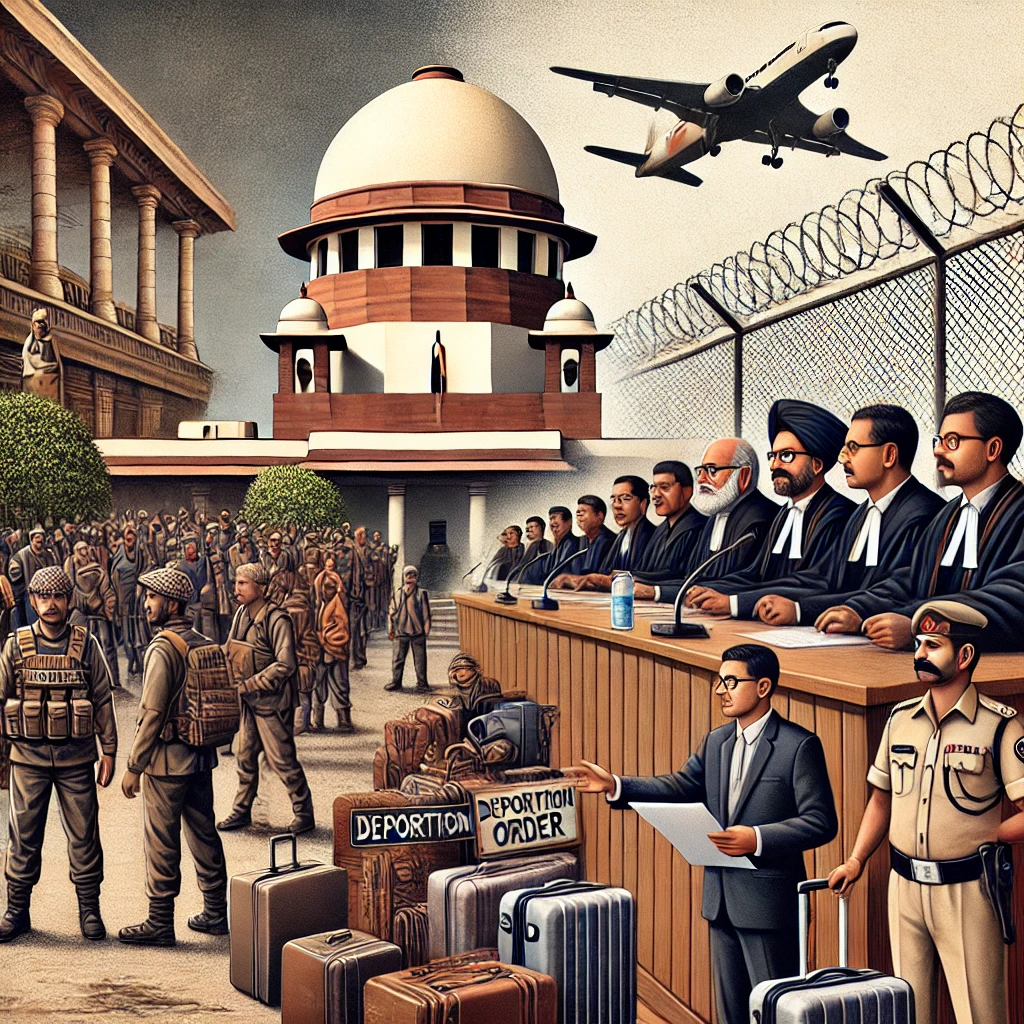

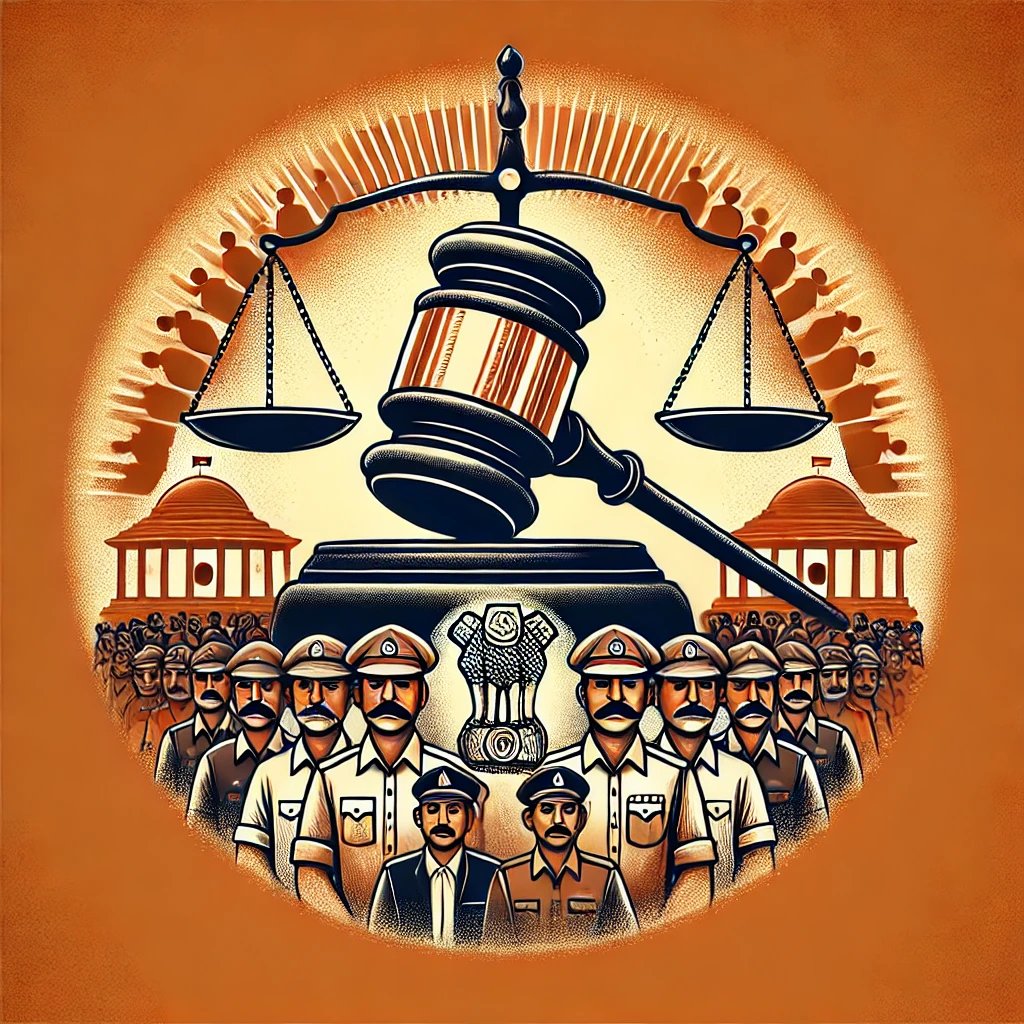

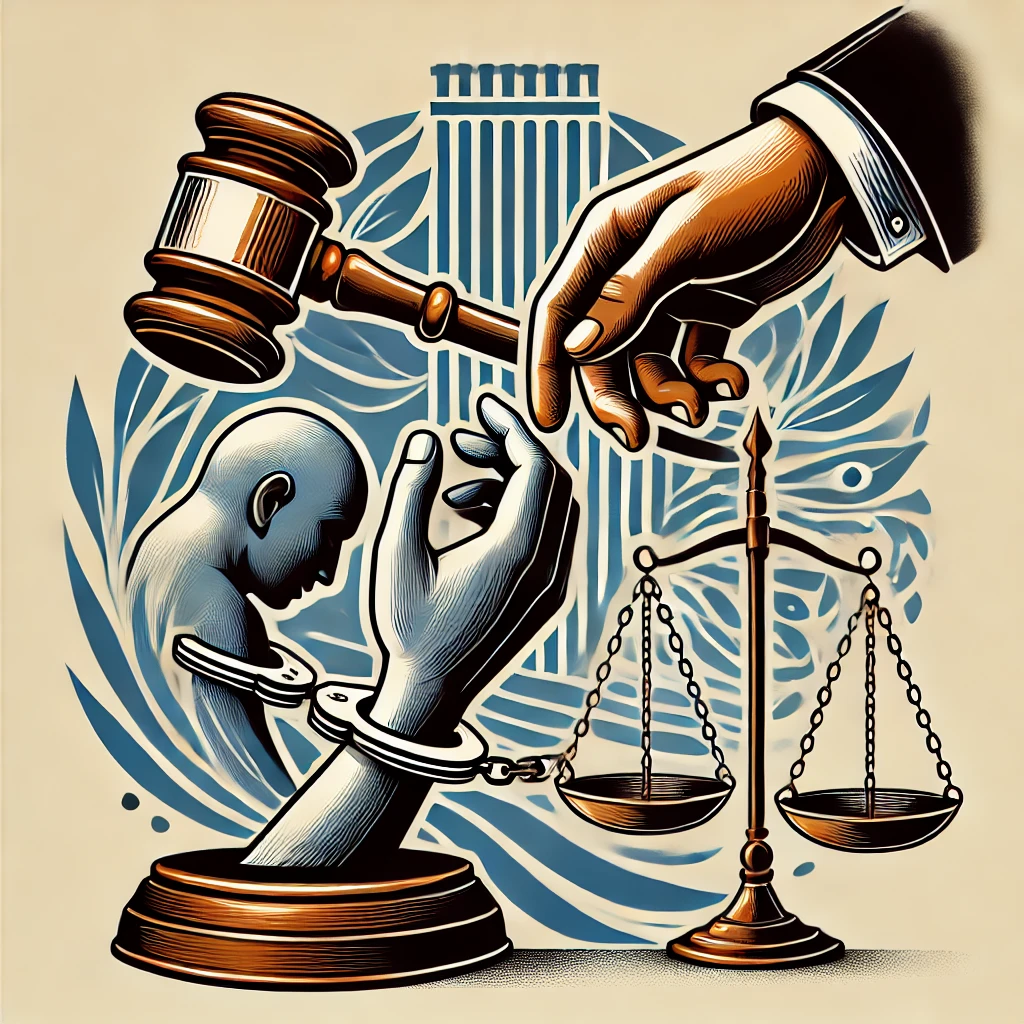
















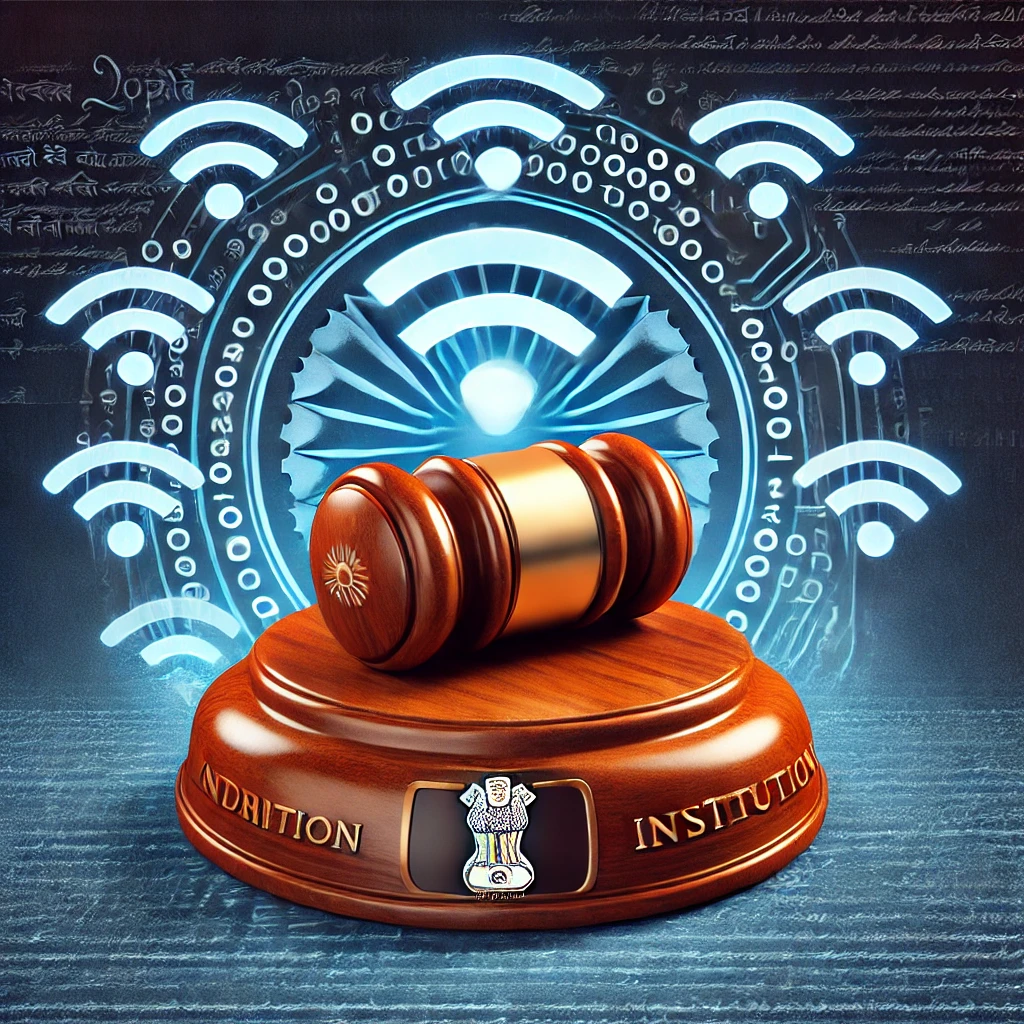
















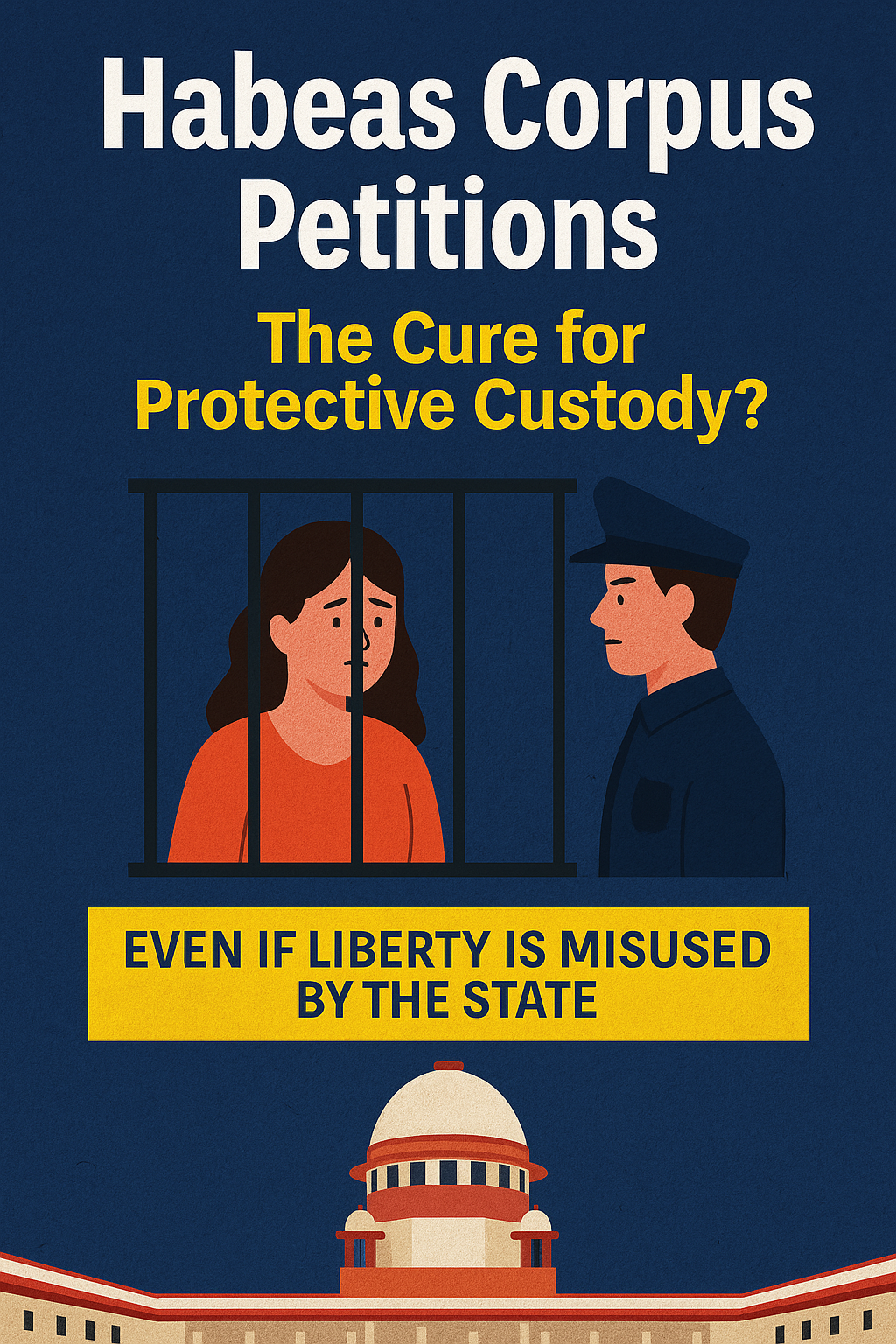









0 comments